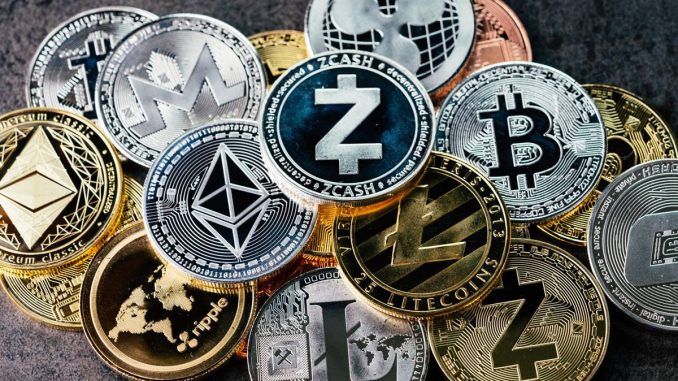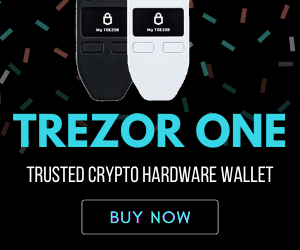
The Bitcoin Lens: Zooming into Altcoin Details
In 2009, the world was introduced to Bitcoin, a decentralized cryptocurrency that promised a financial revolution. Developed by an anonymous entity known as Satoshi Nakamoto, Bitcoin was an answer to the centralized financial systems and their inherent limitations. However, as the years passed and the crypto ecosystem expanded, a plethora of alternative cryptocurrencies, commonly known as altcoins, emerged.
But what exactly are these altcoins, and how do they differentiate from Bitcoin? Go to the quantum ai website to get access to a wealth of effective resources and features that will assist you in reaching your financial objectives and making wise trading decisions.
What are Altcoins?
The term “altcoin” is derived from “alternative” and “coin,” signifying any cryptocurrency other than Bitcoin. Since Bitcoin’s inception, innovators in the crypto space have sought to either improve upon its perceived limitations or create entirely new platforms with different use cases. Some prominent examples include Ethereum, Ripple (now known as XRP), and Litecoin.
· Ethereum: Developed by Vitalik Buterin, Ethereum introduced the concept of “smart contracts” – self-executing contracts with the terms of agreement written into code.
· Ripple (XRP): Aimed at streamlining cross-border payments for banks, Ripple focuses on speed and efficiency.
· Litecoin: Created by Charlie Lee, it’s often considered the silver to Bitcoin’s gold, with faster transaction times.
Technical Differences Between Bitcoin and Altcoins.
While the underlying philosophy of decentralization remains consistent across most cryptocurrencies, the technical details can vary significantly.
· Consensus Algorithms: Bitcoin operates on a Proof-of-Work (PoW) mechanism, which requires miners to solve complex mathematical problems. However, many altcoins, like those on the Ethereum network, are moving towards Proof-of-Stake (PoS) or Delegated Proof-of-Stake, which is considered more energy-efficient.
· Block Time: Bitcoin’s average block time is 10 minutes, whereas altcoins like Litecoin have a block time of just 2.5 minutes, leading to faster transaction confirmations.
· Token Generation and Distribution: While Bitcoin’s supply is capped at 21 million, other altcoins have different max supplies or even inflationary models. Moreover, many altcoins are pre-mined, meaning a portion of the coins is created before being publicly launched.
· Smart Contracts: Platforms like Ethereum allow for the development of decentralized applications (DApps) using smart contracts, making them more versatile than Bitcoin in certain applications.
Economic Implications and Market Dynamics.
The market capitalization of Bitcoin has always dominated the crypto space. However, altcoins have carved significant niches, sometimes offering returns that surpass Bitcoin.
· Market Capitalization: Bitcoin’s market dominance often hovers around 60%, but during “alt seasons,” this can drop as altcoins rally.
· Price Influences: Altcoin prices can be influenced by factors like technological advancements, partnerships, or regulatory news. Moreover, ICOs and IEOs have played pivotal roles in fundraising for new projects, affecting token valuations.
The Role of Altcoins in the Broader Ecosystem.
Altcoins are not just Bitcoin competitors; they are vital components of the crypto ecosystem.
· Niche Use-Cases: Some altcoins cater to specific needs. For instance, Monero and Zcash offer enhanced privacy features. Stablecoins, like USDC, peg their value to traditional assets, providing stability.
· Interoperability: As the crypto ecosystem grows, the need for different blockchains to communicate has become paramount. Projects like Polkadot and Cosmos aim to enhance cross-chain interoperability.
Risks and Challenges Facing Altcoins.
The burgeoning altcoin market isn’t without its pitfalls.
· Regulatory Challenges: With countries implementing varied regulations, some altcoins face legal challenges, especially those associated with ICOs or considered securities.
· Security Concerns: Altcoins, especially newer or less vetted ones, can be susceptible to hacks or fraud. It’s crucial to conduct thorough research before investing.
· Decentralization Issues: Some altcoins have been criticized for being too centralized, either in their decision-making processes or in token distribution.
Future Outlook and Potential.
The altcoin landscape is dynamic, with continuous technological advancements.
· Technological Advancements: Layer 2 solutions, sharding, and other scalability solutions are being developed to handle increased transaction loads.
· Market Disruptors: As sectors like decentralized finance (DeFi) grow, associated tokens could challenge the status quo.
· Altcoin Supremacy: While Bitcoin remains the king, the possibility of an altcoin, potentially Ethereum, surpassing Bitcoin in market cap or utility isn’t entirely off the table.
Conclusion: The Coexistence of Bitcoin and Altcoins.
In the vast universe of cryptocurrencies, Bitcoin is undoubtedly the pioneering star. However, the myriad of altcoins, with their unique features and propositions, enrich the ecosystem.
As we navigate the future, it’s evident that both Bitcoin and altcoins will coexist, each contributing to the overarching goal of a decentralized financial world. Amidst this diverse landscape, consider exploring options to enhance your crypto journey.


